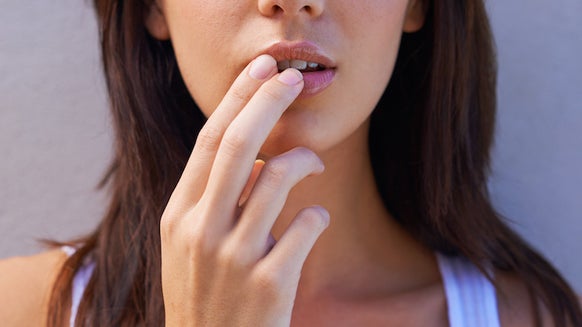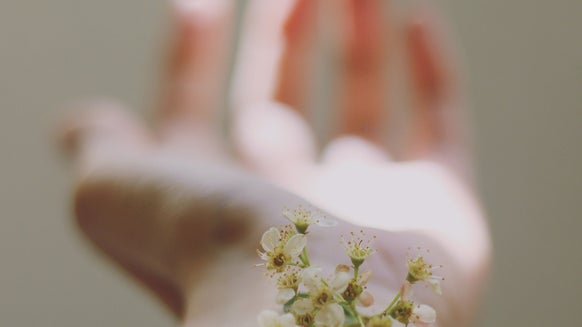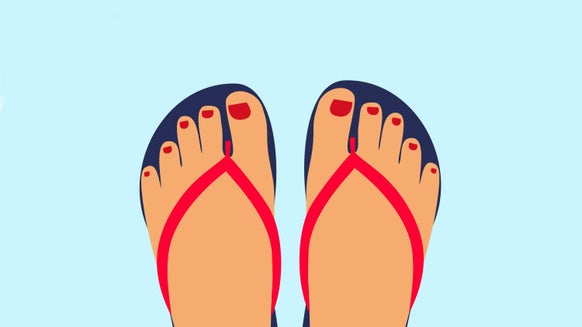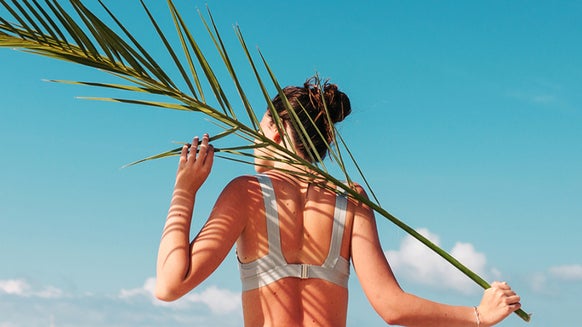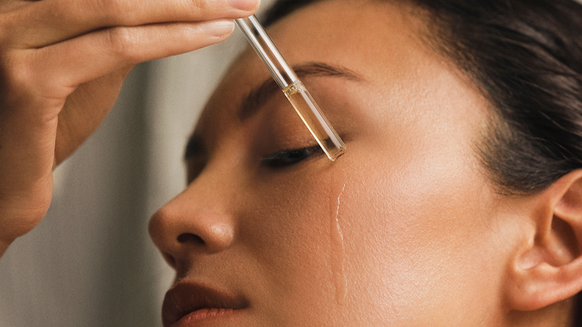How to Treat a Blister: 6 FAQs, Answered
1. What exactly is a blister? What causes them?
Board-certified dermatologist, Maral K. Skelsey, explains that blisters form when fluid, either clear or yellow-tinged, accumulates in a space between the layers of the skin. The liquid acts as a cushion to the wound, so your body is simply taking protective measures. There are chiefly two types:
Friction Blisters: Appear from continuous rubbing of the skin. Blood Blisters: In essence, the same as a friction blister, a blood blister forms when there is higher friction which causes small blood vessels to break and release blood into the blister. The treatment is about the same as a friction blister, although they may require more care and longer healing time.
2. How do I treat a blister at home? How long does it take to heal?
Most blisters heal naturally, simply because new skin grows underneath the blister and your body reabsorbs the fluid until the skin on top dries and peels off.
Disinfect: Keep it clean with soap and water. Protect: Cover with an ointment such as petroleum jelly and with a loose bandage and/or a donut-shaped moleskin. Heal: Avoid pressure on the area; reduce friction by staying away from the activity that caused the blister in the first place.
3. Should I pop the blister? What do I do if the blister bursts?
4. How can I prevent blisters from forming?
Whether it’s from yard work, exercise or too much walking, blisters happen. If they regularly plague you, the American Academy of Dermatology Association informs us how to prevent them:
Cozi-fy your feet by wearing nylon, wool or moisture-wicking socks. You also need to ensure your shoes fit just right, goldilocks-style. Not too loose, not too tight. Bandage-up when you know it’s about to go down: Apply moleskin to problem areas, such as the feet or thighs, before exercise or before going out. Talcum powder can be your best friend: Dust some in your socks to absorb moisture. “Blisters form more easily in areas of heat and moisture, so taking measures to reduce perspiration can help,” adds Skelsey. Rethink the wardrobe: Cotton leads to friction and chaffing, so switching to loose-fitting clothing and moisture-wicking items during physical activity will prevent those pesky blisters.
5. I feel a warm spot where my shoes rubbed against my heel. What is that?
6. When should I see a doctor about a blister?
“A blister that is filled with thick, white, foul-smelling material or one in which there are red streaks on the skin are signs of possible infection and should be evaluated by a physician,” says Skelsey. It’s also important to head to the doctor’s office if the blister keeps coming back, if several blisters have appeared for no reason or if the blister was caused by a burn or an allergic reaction.

From the latest hair and makeup trends to the best solutions for your skin issues, we've got all your beauty concerns covered!
